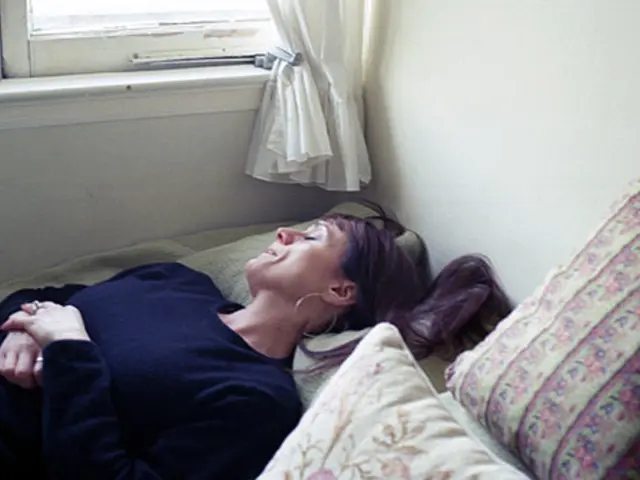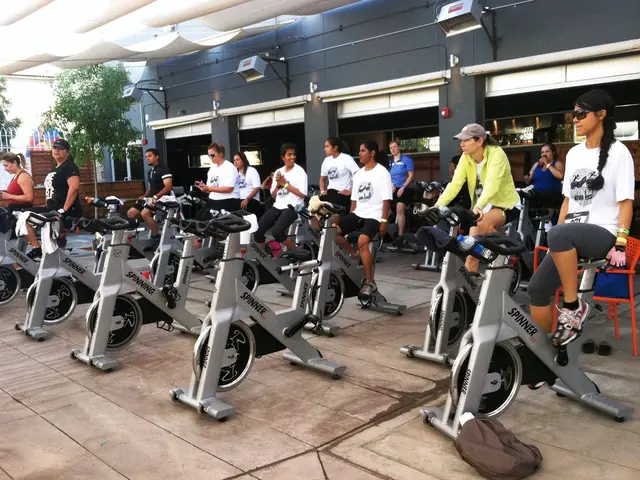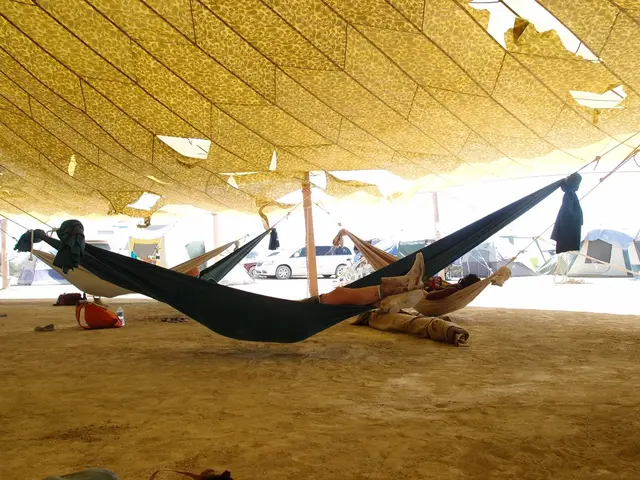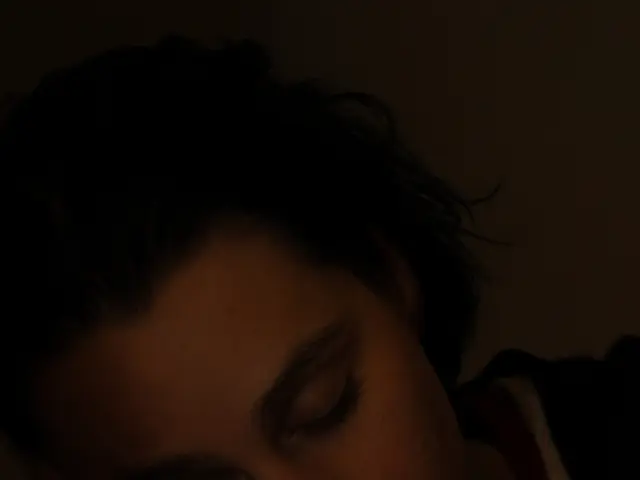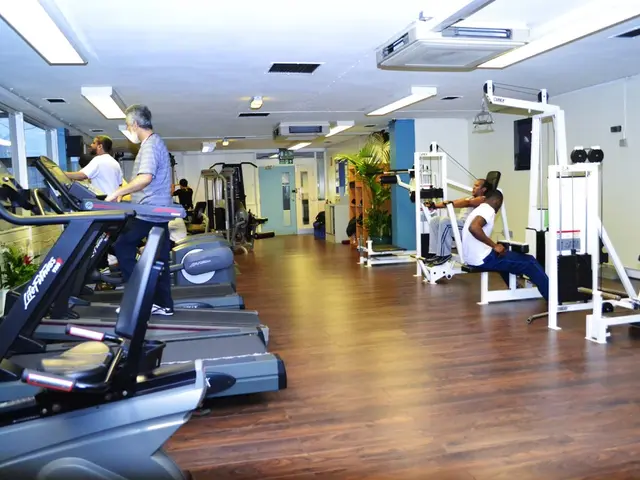Time change disrupts internal clock - Light helps - Daylight Saving Time Change in Bavaria: How to Manage Internal Clock Disruption
The impending daylight saving time adjustment in Bavaria will upset the internal timekeepers of millions of people, potentially leading to health problems if not handled properly.
The autumn time adjustment, where clocks 'gain' an extra hour, is generally simpler to adapt to than the spring change. However, any disruption to the internal timekeeper can have consequences. Nearly every cell in the body has its own molecular clock, with the brain's internal timekeeper acting as a conductor. Light is the key factor in resetting these clocks, with blue light being particularly influential. Morning light helps shift the internal timekeeper forward, aiding a refreshed start to the day. Conversely, avoiding bright light for about three hours before bedtime can make falling asleep easier.
Night workers face a higher risk of certain health problems due to staying awake during hours when they should be sleeping. The internal timekeeper distinguishes between sunlight and artificial light, with different types of artificial light having varying effects. If the internal timekeeper falls out of sync, it disrupts the day-night rhythm, which can lead to health issues over time.
While the autumn time adjustment is relatively easy to manage, it's important to be aware of the potential impacts on our internal timekeepers. By understanding the role of light in resetting our timekeepers and adjusting our habits accordingly, we can minimize the disruption and maintain our health and well-being.

